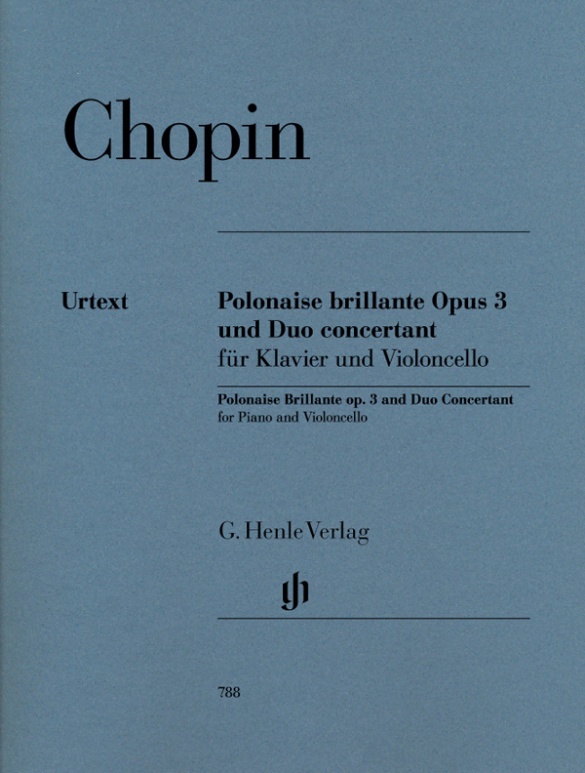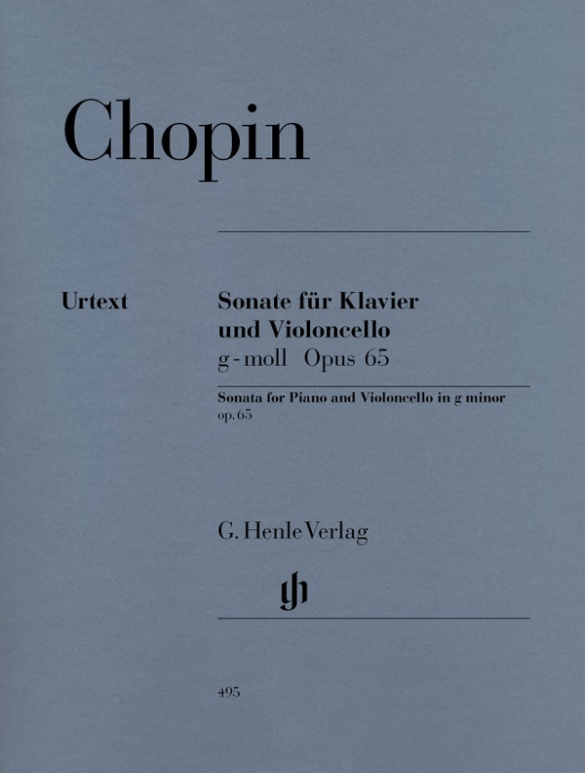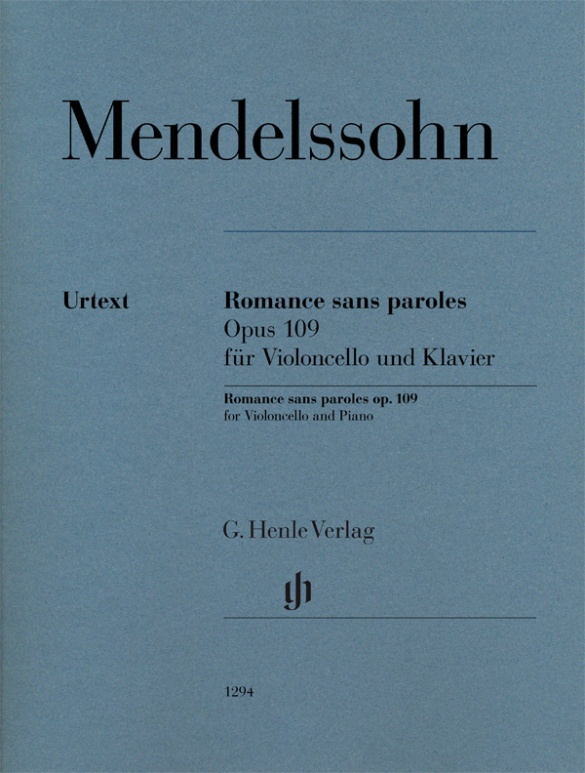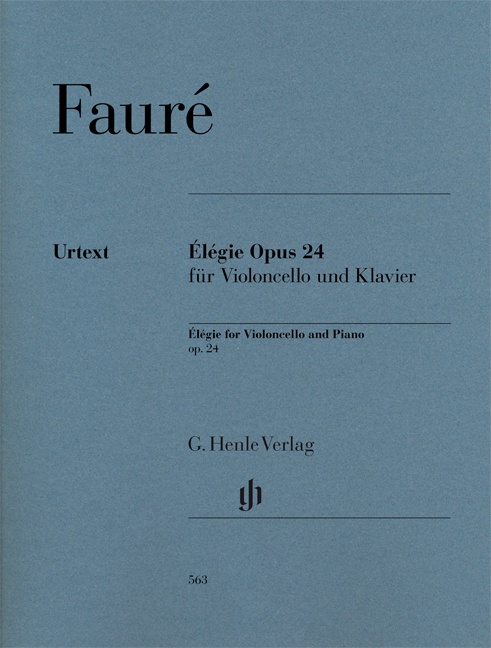Frédéric Chopin
Polonaise brillante op. 3 and Duo Concertant for Piano and Violoncello
Chopin composed several works for cello, influenced by his friend the famous cellist Auguste Franchomme; the Grand Duo Concertant, an opera paraphrase on Meyerbeer’s “Robert le Diable,” is among them. Franchomme personally participated in the elaboration of the cello part. The early Polonaise op. 3 with slow introduction was written by Chopin for the cello-playing Polish Prince Radziwill;. Chopin cleverly underlays the cantabile melodies of the cello with fireworks of pianistic brilliance. A dazzling, energy-laden early masterpiece !
Content/Details
About the Composer
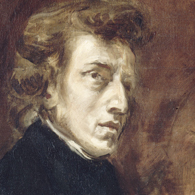
Frédéric Chopin
Pianist and composer. His work is concentrated around piano music that enjoys extraordinary popularity and has become an integral part of the concert repertoire. His music influenced subsequent generations in France (Franck, Saint-Saëns, Fauré, Debussy) as well as Smetana, Dvořák, Balakirev, Grieg, Albéniz.
| 1810 | Born in Żelazowa Wola near Warsaw on March 1. First compositions at age seven, his first public performance at eight. |
| 1822 | Private instruction in composition. |
| 1825 | Rondo in C minor, Op. 1, his first published work. |
| 1826–29 | Studies at the Institute of Music in Warsaw. |
| 1829 | “Fantaisie sur des airs nationaux polonaise” in A major, Op. 13; Piano Trio in G minor, Op. 8. Travels to Vienna, where he gives two concerts of his compositions and improvisations. |
| 1829–33 and 1835–37 | Etudes, Opp. 10 and 25 -- a new type of virtuosic etude that also makes aesthetic demands. |
| 1830 | Premieres in Warsaw of his two piano concerti, Op. 21 in F minor and Op. 11 in E minor. |
| 1831 | Unable to return to Warsaw due to the Polish uprising, he goes to Paris, where he will remain until the end of his life. |
| 1832 | Debut concert in Paris to great acclaim. |
| 1835/38 | “Trois valses brillantes,” Op. 34. |
| 1836/39 | “24 Preludes,” Op. 28, in a cyclic succession: compactly-designed short pieces. |
| 1835/39 | Piano Sonata in B-flat minor, Op. 35, with the funeral march. |
| 1842/43 | Ballade No. 4 in F minor, Op. 52; “Grande Polonaise brillante” in A-flat major, Op. 53; Scherzo No. 4 in E major, Op. 54. |
| 1844 | Piano Sonata in B minor, Op. 58 |
| 1849 | Completion of the mazurkas in G minor and F minor. Death in Paris on October 17. |
About the Authors
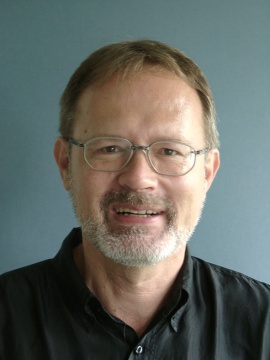
Ernst-Günter Heinemann (Editor)
Dr. Ernst-Günter Heinemann, born in 1945 in Bad Marienberg (Westerwald), completed his schooling in Gießen and read musicology, philosophy and German in Marburg and Frankfurt/Main and also for some time Protestant church music. He did his doctorate on “Franz Liszts geistliche Musik. Zum Konflikt von Kunst und Engagement”.
From 1978–2010 Heinemann worked as an editor at G. Henle Publishers (in 1978 in Duisburg, from 1979 onwards in Munich). He edited a great many Urtext editions for the publishing house, including “Das Wohltemperierte Klavier”, Volume 1 by Bach and all of Debussy’s piano works. In addition, he wrote essays on Debussy, Grieg, Liszt, Mendelssohn and questions concerning general editing, as well as giving seminars on editorial practice for musicology students in Munich.
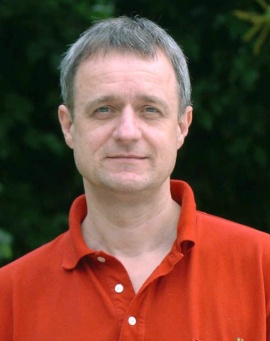
Andreas Groethuysen (Fingering)
Prof. Andreas Groethuysen, born in 1956 in Munich, studied music with Ludwig Hoffmann in Munich and, on a scholarship from the “Studienstiftung des Deutschen Volkes”, with Peter Feuchtwanger in London.
After several years as a soloist, Groethuysen formed a piano duo with Yaara Tal, which has now become the focus of his artistic work. The duo regularly performs in many European countries, in Israel, China, North and South America. In exclusive cooperation with SONY CLASSICAL the internationally acclaimed piano duo has released a great many CDs – 28 to date – almost all of which have been awarded prizes.
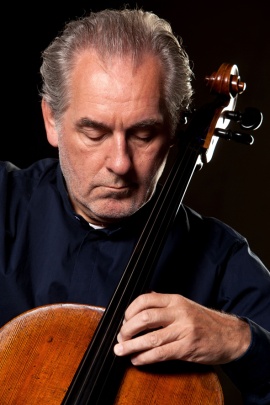
Claus Kanngiesser (Fingering and bowing for Violoncello)
Product Safety Informations (GPSR)

G. Henle Verlag
Here you can find the information about the manufacturer of the product.G. Henle Verlag e.K.
Forstenrieder Allee 122
81476 München
Germany
info@henle.de
www.henle.com
Once again Henle are to be applauded for their initiative, this time in bringing before the public an edition of two early and neglected works for piano and cello by Chopin. … Henle, though, have now made their own admirable contribution in helping to redress a regrettable situation.
Music Teacher Australien, 2007Es war also Zeit für textkritische Neuausgaben, und die hat der Henle-Verlag für die Sonate 1997 und für die Polonaise nebst dem Duo concertant 2006 besorgt.
ESTA-Nachrichten, 2007Molto importante è l’Apparato critico, per le numerose varianti e versioni che hanno interessato in modo speciale la parte del “solista“.
Suonare, 2007Die von Ernst-Günter Heinemann vorgelegte Ausgabe stellt die historisch-kritischen Verhältnisse wieder her und bietet unter unzähligen Herausgeberzutaten der letzten Jahrhunderte beinahe verschwundenen Urtext.
Ensemble, 2006推荐
autogenerated_cross_selling
本书目其他版本
本书目其他版本


